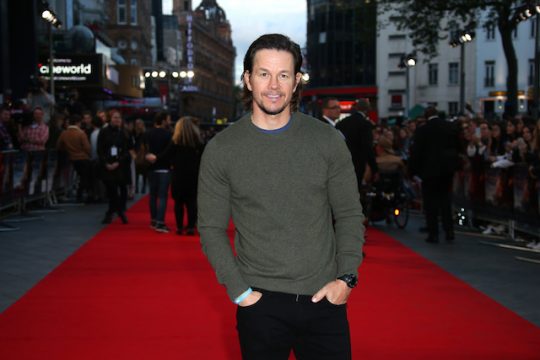"A star doesn't have to play the same role in every film: he only has to be the same character no matter what the role is," wrote Colin L. Westerbeck in the opening essay of The National Society of Film Critics' collection, The Movie Star. First published in 1981, the collection came at a slightly odd time in the movie star landscape: classic stars like Cagney and Cooper and Stewart were long gone and it was a few years before Stallone and Schwarzenegger and, later, Van Damme and Segal would reimagine the "star" as slurring steroid. Ascendant in the epoch of The Movie Star was a new breed, one embodied by Pacino and Hoffman and De Niro: actors first, stars second, if at all.
They would disappear into a role; as Peter Rainer puts it in a later essay, "In the fifties, De Niro might have been in the rebel front line" once occupied by early Brando or Dean, "but his spooky transformations from role to role now, his newly stamped spirit each time out, seem to fit in with the uncategorizable seventies. In the say way, no one talks, except in verbal shorthand, about 'the new Al Pacino movie.' What is there to link The Godfather I and II, Serpico, Scarecrow, Dog Day Afternoon, and Bobby Deerfield?"
In this light, then, Westerbeck's definition of a star—itself written a few years before the book's publication—can be seen as a sort of lament. Not a rejection of his present, exactly, as he appreciates the work of George C. Scott and Dustin Hoffman; indeed, he seems to applaud their very rejection of the idea of what it meant to be a "star." But a wistful idea of a bygone era, a nostalgia-infused idea of the studio system and a simpler time.
The older model, one of actors playing "the same character no matter what the role is," has made something of a comeback in recent years. You see it most clearly, perhaps, in Robert Downey Jr., who, since donning Iron Man's armor, has more or less played the same charming rogue. Even in bit parts where you think he might stretch a bit, as in Chef, he plays the same fast-talking smoothie, the guy working the angles with a grin and an arched brow. The superhero/franchise machine does well with this type of actor; between Guardians of the Galaxy and Jurassic World, as well as his turn in The Magnificent Seven, Chris Pratt is on the verge of making this leap.
But few embody the old-school idea of a movie star as well as Mark Wahlberg. From Deepwater Horizon to Ted to The Fighter to Lone Survivor, Wahlberg has evolved into a sort of everyman-as-star, a muscled-up version of Jimmy Stewart with a Boston lilt and a furrowed brow instead of a quavery midwest warble combined with a wide-eyed charm.
Wahlberg's preternatural sense of comic timing is his most under-appreciated feature, despite the fact that he routinely stars in "surprise" comic hits (Ted, The Other Guys, Daddy's Home). It's not so much the one-liners that get you as his interactions with everyone else on the screen; he has a lived-in sensibility, a rapport with others that gives every scene a verisimilitude that is often lacking in movie workplaces. He gets the jocularity and teasing inherent to any successful professional environment just right. Whether it's on an oil rig in the middle of the gulf or on a mountain range on the hunt for jihadis, you get the sense of Wahlberg as Just Another Guy Doing His Job—even when that job involves gunning down terrorists or running around an exploding oil rig.
Wahlberg has two looks, more or less: the aforementioned furrowed brow, in which he tries to suss out the mess he finds himself in
as well as a sort of wide-eyed, eyebrow-raised, guileless wonder
he reserves for funnier moments. I sometimes find myself entranced by Wahlberg's forehead—specifically, the spot right between the eyebrows, where the divots form when his character is confused or frightened and where it goes smooth when he turns on the charm. They're Oscar-worthy folds, as identifiable as Shirley Temple's dimples or Bogie's baggy eyes.
None of this is meant to denigrate Wahlberg as an actor—he's great in Boogie Nights and legitimately terrifying in Fear. But he has clearly transitioned into star mode. And I think we're a little better off for it.
